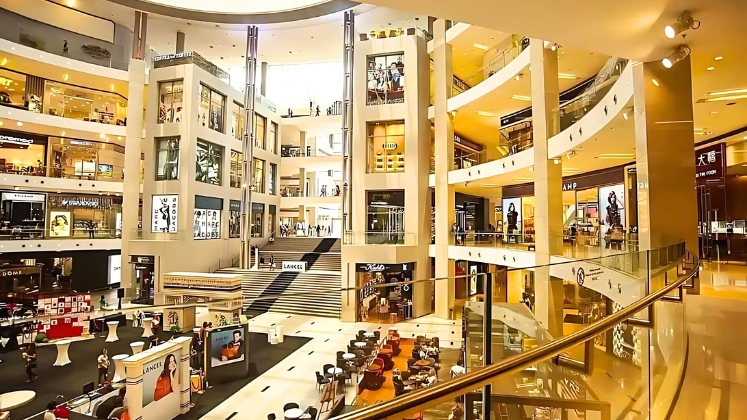
In the second quarter (Q2) of 2024, leasing activity in leading retail centres and well-known shopping streets across the top seven cities saw a major increase, as per JLL. While some non-essential retail categories have witnessed slower growth, retailers have been tactically closing unprofitable stores and growing into new areas. Q2 2024 saw a prominent rise in leasing activity, with brands venturing into new locations and exploring new formats, particularly in value fashion. Moreover, there has been considerable growth in the premium, super-premium, and bridge-to-luxury segments.
Leasing activity surged to 2.2 million sq.ft. in Q2, almost doubling from the last quarter (Q1 2024). This trend contributed to a robust first half of 2024, with total leasing transactions attaining 3.3 million sq.ft.
This rise in leasing activity is partly due to retailers attaining leases in the newly completed Grade A projects started by recognised developers and institutional owners last year. Retailers have also grown in organized high streets and emerging areas.
“The first half of 2024 witnessed domestic brands leading the retail market, accounting for a considerable 80 per cent of gross leasing. Amongst international brands, those from Europe, the Middle East, and Africa (EMEA) dominated, representing more than 50 per cent of the gross leasing share, while brands from the Americas made up of 27 per cent and those from APAC 21 per cent. Furthermore, India’s appeal as a retail destination was bolstered by the launch of nine international brands’ debut stores, mostly focusing on expansion in Delhi NCR and Mumbai,” shared Dr. Samantak Das, Chief Economist and Head of Research & REIS, India, at JLL.
The growth of foremost fashion and apparel chains in both the value and super value sectors, along with the launch of new formats and brands, led to the Fashion and Apparel segment seizing the largest share (38 per cent) of leasing activity in the 1st half of 2024 (January-June). Inside this segment, the mid-segment held the highest share (56 per cent) of leasing activity, trailed by the affordable segment with a noteworthy 28 per cent share.






